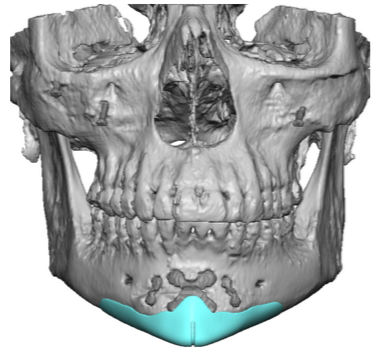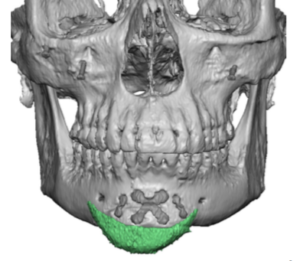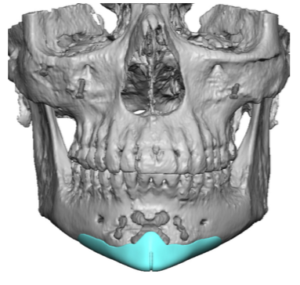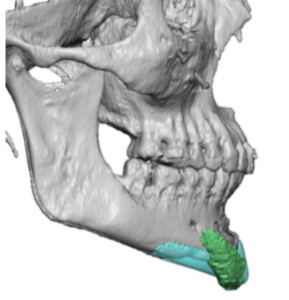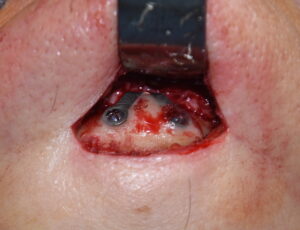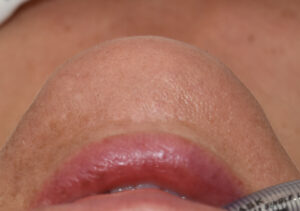Background: Chin implants are the most common form of aesthetic facial augmentation of which a wide variety of styles and sizes exist. Such a large selection of chin implant options would lead one to believe that almost any type of chin reshaping option is possible. But the reality is that the available chin implant options work well under three specific circumstances, 1) the amount of augmentation is not excessive in size (under 10mm), 2) the desired direction of augmentation is horizontal and 3) the desired chin shape is round or somewhat square.
Many surgeons when faced with an atypical chin implant shape request naturally look at standard implants to try and make them work. While there is merit in that approach there are limitations as to how effective that can be. These limits are largely based on the surgeon’s experience with modifying by hand existing chin implants and their experience with screw fixation of them. Trying to take a standard implant shape and put it in an unstable position on the bone are circumstances that have a high rate of aesthetic failure/asymmetries.
One unique circumstance for a chin implant is a secondary augmentation after a prior sliding genioplasty. When improving the shape of the chin after a sliding genioplasty consideration must be given to correction of the bony defects along the back end of the prior osteotomy. This combined with a specific shape request may make it an unobtainable result with a standard chin implant.
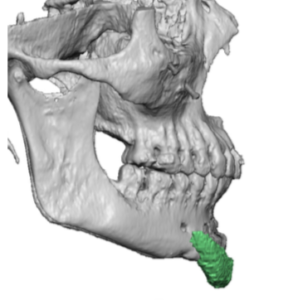
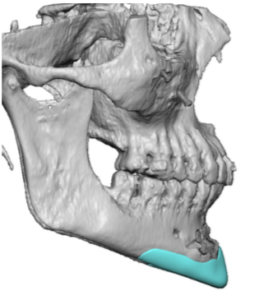
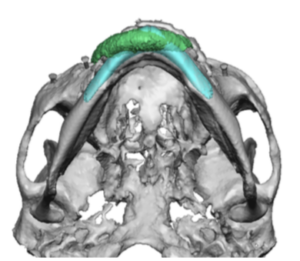
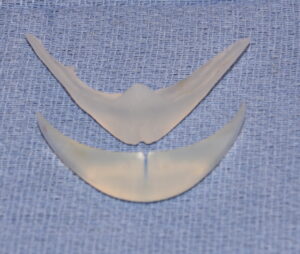
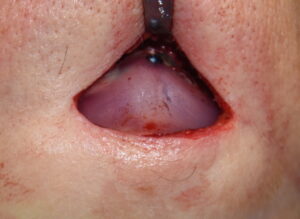
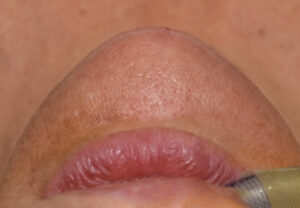
Case Highlights:
1) Trying to make s standard chin implant do what it is not designed to do often leads to undesired effects.
2) A vertically inclined chin augmentation that creates a more v-shaped chin can only be effectively accomplished by a custom chin implant design.
3) Most custom chin implants are best secured by at least one point screw fixation.
Dr. Barry Eppley
Indianapolis, Indiana

